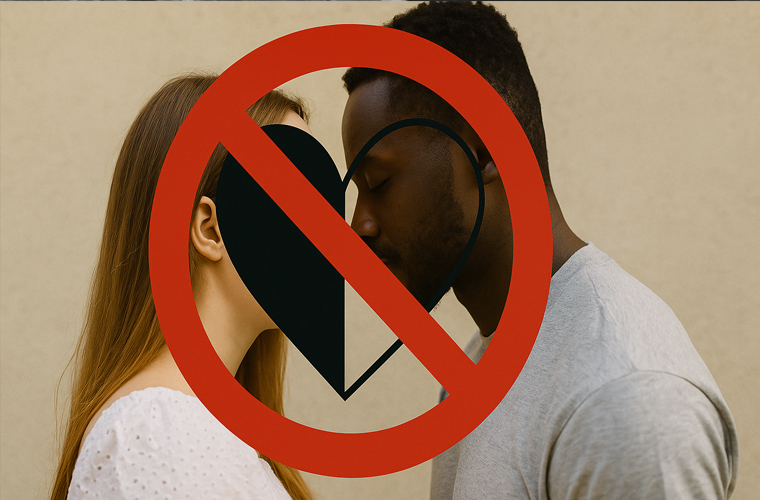Criminalizing Love Across Racial Lines
For centuries, laws in the United States dictated who could marry whom, using race as the dividing line. Known as anti-miscegenation laws, these statutes prohibited interracial marriage and, in many cases, imposed harsh criminal penalties—including imprisonment—on those who violated them. Far more than legal codes, these laws reflected deeply entrenched racism and the effort to maintain white supremacy in American society.
Origins of Anti-Miscegenation Laws
The first recorded anti-miscegenation law in the American colonies appeared in Virginia in 1691, forbidding marriage between white people and Black or Indigenous people. Other colonies followed, using the law to reinforce racial hierarchies. By the 19th century, such laws spread widely across the United States, particularly in the South and West, where racial diversity and anxieties about “racial purity” were most pronounced.
Criminal Penalties and Enforcement
Anti-miscegenation laws did not simply invalidate interracial marriages—they criminalized them. Violators faced fines, annulments, and imprisonment. In some states, interracial couples could be sentenced to years in prison merely for attempting to marry. These punishments sought to deter relationships that challenged rigid racial boundaries. Enforcement was not only legal but also social: communities often ostracized or terrorized interracial couples, using violence to reinforce the law.
Broader Social and Political Context
The purpose of these laws was not only to regulate marriage but to preserve the racial caste system. They reflected the prevailing belief that interracial unions threatened “racial purity” and white dominance. By criminalizing love across racial lines, lawmakers sought to uphold segregation in every aspect of life—housing, education, employment, and family formation. Anti-miscegenation laws also intersected with slavery and its legacy. Enslaved Black women were routinely exploited by white men, yet consensual interracial unions were outlawed. The hypocrisy exposed the laws for what they truly were: instruments of control, not morality.
Legal Challenges and the Road to Repeal
Challenges to these laws began in the 20th century. In 1948, California’s Supreme Court struck down its anti-miscegenation statute in Perez v. Sharp, the first case to successfully challenge such a law. However, it was not until 1967, in the landmark Supreme Court case Loving v. Virginia, that anti-miscegenation laws were declared unconstitutional nationwide. The Court unanimously ruled that banning interracial marriage violated the 14th Amendment’s Equal Protection and Due Process Clauses.
Legacy and Modern Reflections
Though Loving v. Virginia ended anti-miscegenation laws, their legacy lingers. The criminalization of interracial relationships reinforced generations of racial prejudice and social stigma. Today, interracial marriage is legally protected, but the history of its prohibition serves as a reminder of how deeply the law can enforce racial inequality. Anti-miscegenation laws exemplify how the state once sought to regulate love, intimacy, and family along racial lines. By punishing interracial couples with imprisonment, these laws criminalized human connection in the service of white supremacy. Remembering this history is essential not only to honor those who defied injustice but also to ensure that such violations of personal freedom are never repeated.

